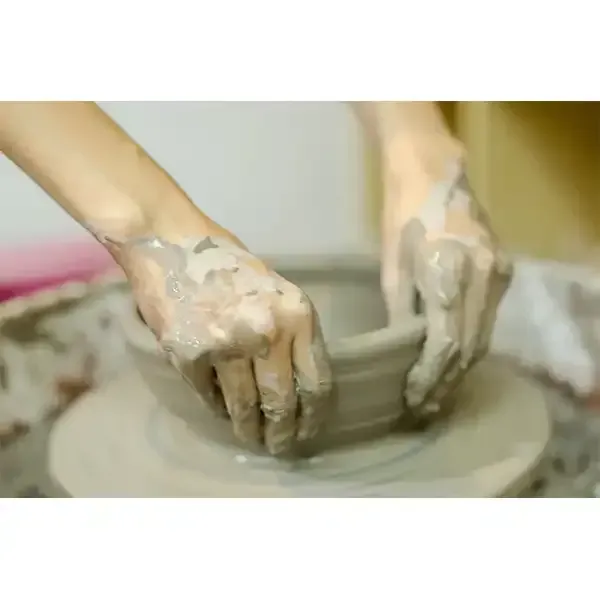The Importance of Ceramic Tile Adhesive in Modern Construction
Ceramic tiles have become a popular choice in both residential and commercial spaces due to their durability, aesthetic appeal, and ease of maintenance. However, the effectiveness of these tiles is heavily reliant on the adhesive used in their installation. Ceramic tile adhesive, often referred to as thin-set mortar, plays a crucial role in ensuring that tiles remain securely attached to surfaces. This article explores the significance, types, and application of ceramic tile adhesive, emphasizing its impact on tile longevity and overall construction quality.
Understanding Ceramic Tile Adhesive
Ceramic tile adhesives are specially formulated compounds designed to bond ceramic tiles to various surfaces, including cement boards, drywall, and concrete. These adhesives come in different forms, including powder and premixed varieties, enabling versatility in application. The primary function of tile adhesive is to facilitate strong adhesion while allowing for slight movements in the underlying structure, which can prevent cracking and ensure the longevity of the tiles.
Types of Ceramic Tile Adhesives
While there are various types of tile adhesives available, they can generally be categorized into three main groups
1. Cement-Based Adhesives These are the most common types of tile adhesives. They are composed of cement, sand, and additives that enhance performance. Cement-based adhesives can be further divided into standard and modified types. Modified adhesives contain polymers that improve bonding strength and flexibility, making them suitable for challenging installations such as wet areas or outdoor applications.
2. Epoxy Adhesives Although more expensive, epoxy adhesives are renowned for their superior bond strength and resistance to moisture and chemicals. They are ideal for high-stress environments, such as industrial settings or environments subject to heavy foot traffic.
3. Organic Adhesives These are generally used for specific applications and are less common than cement-based adhesives. They are based on organic materials and are often employed for unique installations, such as tiles that require a particular aesthetic effect.
Application Process
ceramic tile adhesive

The application of ceramic tile adhesive is a critical step that directly impacts the final outcome. Proper surface preparation is essential; surfaces must be clean, dry, and free from any contaminants. The adhesive is then mixed according to the manufacturer’s instructions, ensuring the right consistency for application.
When applying the adhesive, tools such as notched trowels are used to create an even bed. The size of the notches is determined by the size of the tiles being installed. After the adhesive layer is applied, tiles should be set within a specified time to ensure optimal adhesion. It is crucial to allow proper curing time for the adhesive before exposing the tiles to water or heavy traffic.
Benefits of Using Quality Adhesive
Utilizing high-quality ceramic tile adhesive offers numerous advantages
- Enhanced Durability Quality adhesives significantly increase the durability of tile installations, allowing them to withstand wear and tear over time.
- Resistance to Moisture Specifically designed adhesives provide resistance to moisture, thus preventing problems like mold and mildew that can affect areas such as bathrooms and kitchens.
- Flexibility The right adhesive allows for slight movement, accommodating building shifts and preventing cracking.
- Improved Aesthetics Properly installed tiles create a visually pleasing finish, enhancing both the functionality and the appeal of the space.
Conclusion
In conclusion, ceramic tile adhesive is a crucial component in the installation of tiles, ensuring their longevity and performance. With various types of adhesives available, selecting the right one for the specific application can make a significant difference. Whether for residential or commercial use, understanding the importance of quality adhesive not only ensures a successful tile installation, but also contributes to the durability and aesthetic appeal of the finished project. As the construction industry continues to evolve, the selection and application of ceramic tile adhesive remain paramount in creating lasting, beautiful spaces.
-
The Application and Significance of Construction RdpNewsMay.19,2025
-
Industrial Grade HpmcNewsMay.19,2025
-
Building Coating Adhesive Building Coating Adhesive HpmcNewsMay.19,2025
-
Application Of Hpmc For Detergent For Detergent In DetergentsNewsMay.19,2025
-
Application Of Hpmc Cellulose In Cement-Based MaterialsNewsMay.19,2025
-
Application Of High Quality Hpmc For Construction In The Field Of ConstructionNewsMay.19,2025




